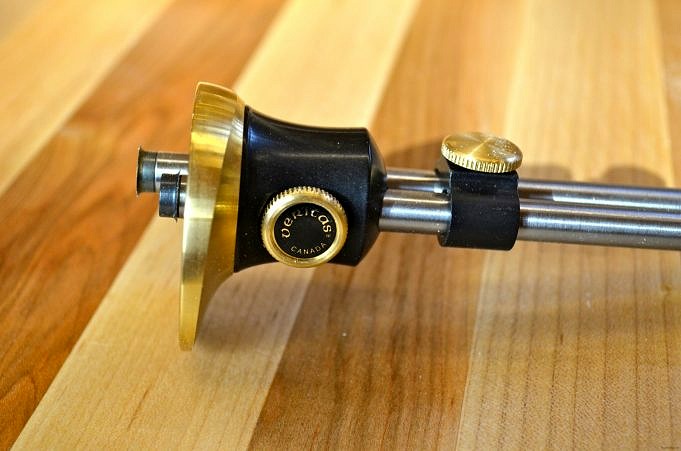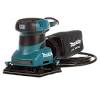Published
You can’t do your job well whether you are a professional tradesperson or an amateur woodworker. Thats especially true when it comes to taking measurements and drawing reference lines for cutting and making joints fit properly. Marking gauges are a simple and effective means of marking accurate lines perpendicular to the edge of a board, helping you work with precision all while saving plenty of time in the workshop. These handy tools can make all the difference in a project’s success or failure.
There are many types of marking tools, from a simple pencil to a sophisticated mortise tool. It can be difficult to choose the right one. To help you out, we reviewed the highest-rated marking gauges of 2022 worth adding to your woodworking arsenal.
Find Your Next Marking Gauge: A Buyers Guide
While youre cutting the work or setting out different pieces of furniture to join them together, a marking gauge comes in handy to draw a precise reference line. How do you choose the best product for you? This comprehensive guide will help you choose the best marking gauge.
Types Of Marking Gauges
Traditional marking gauges
These marking gauges use a pin to mark the surface of workpieces. They are easy to use, durable, and affordable. These marking gauges are very versatile and affordable, so you don’t have to overlook them in your woodworking toolbox.
Cutting gauge
This marking gauge uses a knife to mark the reference lines on the workpiece, rather than a pin. A cutting gauge is precise and produces cleaner cuts that leave no marks or chips. They can be a little more difficult to use and are sometimes more costly.
Measurement of wheel markings
Featuring a metal rod and sturdy ring, a wheel marking gauge has an innovative design. They are extremely precise and clear, and have smooth metal slides and a circular cutting edge. However, they can be more expensive.
Materials Used For Marking Gauges
Maple and beech
Maple and beech are the most popular marking gauges due to their strength and resistance to wear and tear. They are strong and can withstand pressure, making them ideal for the manufacture of hardened tools. Maple is a North American hardwood and is not commonly found elsewhere. This is why maple versions tend to be more expensive than other options.
Plastic
If youre on a budget or a DIYer, plastic marking gauges are the best choice for you because of the cheaper prices and flexibility, making them ideal for occasional use. The main drawback is that plastic models arent as sturdy as their wooden counterparts.
Rosewood
Rosewood marking gauges are darker in color and more visually appealing. Because they are made of relatively not-so-common wood, these versions are the most expensive than the plastic and maple versions. Rosewood models are a popular choice for many because of their rich red, brown, and purple colors. This makes them easy to identify in the tool box. On top of it, rosewood is also highly resistant to water damage, making it a long-lasting and durable choice – they are usually more of a luxury tool in the woodworking kit.
Aluminum
Usually, the frame of a marking gauge is made of hardened metals, and aluminum is used to make the body to make it lightweight, sturdy, and rust-resistant. Allowing you to mark the reference lines without any hassle, aluminum marking gauges have just the right amount of weight.
Steel hardened
Nearly all marking gauges’ blades and pins are made from steel that has been heat treated to make it rust- and water-resistant.



